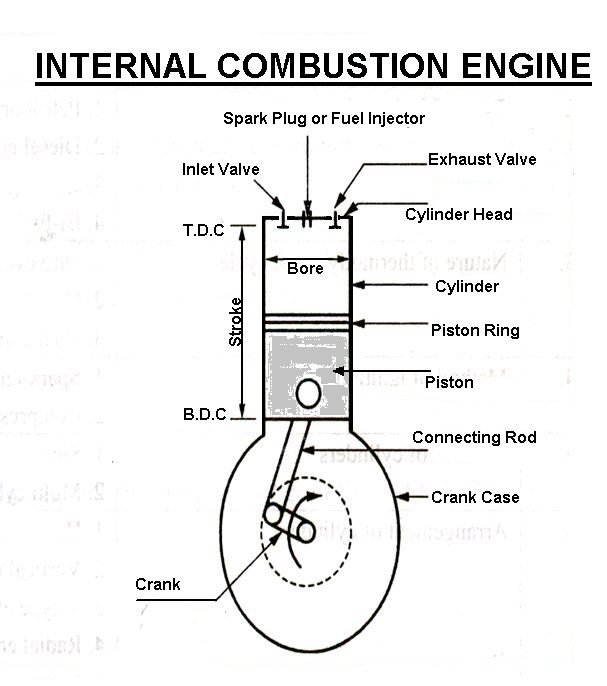

The IC engine is a proven cost-effective technology with a long history of dominating the markets of power generation, indicating that the technology has stood firm with the test of time.ĭifferent from other indirect technologies which convert fuel in the way of heat energy → electrical energy → mechanical energy or chemical energy → electrical energy → mechanical energy, an IC engine can directly convert the heat energy of fuel → mechanical energy thus, it avoids the reduction of fuel efficiency during the process of conversion. It is known that the technology of IC engine has its advantages as compared with other energy conversion technologies used on vehicles: As an essential power conversion system for vehicle propulsion, the technology of internal combustion (IC) engine is the focus of attention for attempting the improvement of vehicle efficiency.

Not only can such a design execute the proposed propulsion method well as an almost continuous variable transmission, but it can also increase the propulsion efficiency about 8 ~ 18 % if it is applied to replace the traditional automatic transmissions or continuously variable transmissions (CVTs) in vehicle drivetrains.īecause of the shortage of crude oil and the concern of environment, the automotive industry is required to ramp up production of more fuel-efficient vehicles on a tight timeline. A conceptual design of n-ratio automatic single-stage gear transmission is then developed to implement the case-emphasized propulsion method in a general way. Examples of the propulsion method with different brands of IC engines in the market place demonstrate the potential that this method could reduce engine fuel consumption up to 5 ~ 39 %. With this method, the ratio of the most-used speed to the most-desired speed of an IC engine is employed to control the engine to always run at its optimal working state with an efficient single-stage gear transmission. SOURCE: Practical Variable Speed Drives – Malcolm B.Based on the analysis of the working profiles of internal combustion (IC) engines, a case-emphasized propulsion method is generalized to improve vehicle fuel efficiency. The way in which the power is supplied to the circulation of the cooling fluid, fan, no fan, separate forced ventilation, etcįigure 1 - Designation of the most common methods of cooling.A letter designating the cooling medium, this is omitted if only air is used.A prefix comprising the letters IC ( index of cooling).The system used to describe the method of cooling is currently being changed by IEC, but the designation system currently in use is as follows: Larger rotating machines can have more elaborate cooling systems with heat exchangers. Again, it may be advisable to fit a separately powered cooling fan. On the other hand, for prolonged operation at high speeds above 50 Hz, the shaft mounted fan works well but may make excessive noise.

#Types of ic engines install#
For constant torque loads, it is sometimes necessary to install a separately powered forced cooling fan (IC 43) to maintain adequate cooling at low speeds. For operation at speeds below the rated frequency of 50 Hz, the shaft mounted fan cooling efficiency is lost. Special precautions need to be taken when standard TEFC induction motors are used with AC variable speed drives, powered by VVVF converters. Internally, on smaller TEFC motors, the rotor end-rings are usually constructed with ribs to provide additional agitation of the internal air for even distribution of temperature and to allow the radiation of heat from the end shields and frame. An air-gap is usually left between the ribs and the fan cover for this purpose. These are designed to keep the air flow close to the surface of the motor along its entire length, thus improving the cooling and self-cleaning of the ribs. The most common type of AC motor is the totally enclosed fan cooled (TEFC) motor, which is provided with an external forced cooling fan mounted on the non-drive end (NDE) of the shaft, with cooling ribs running axially along the outer surface of the motor frame.


 0 kommentar(er)
0 kommentar(er)
